Find Missing Samsung Galaxy Gear With 'SmartThings Find'
If you’re a clumsy Samsung fan and often find yourself misplacing various Galaxy-branded gear—earbuds, your phone, your smartwatch—Samsung’s new “SmartThings Find” update is a must-have. It’ll help you locate your stuff even if, or when, it isn’t connected to a cellular or wireless signal.
Samsung’s magic only works with its Galaxy devices right now, but if you have a few of those, it’s worth the setup. Install SmartThings Find on your phone, and you’ll be able to find your other Samsung Galaxy stuff through a combination of wifi, cellular, Bluetooth Low Energy, and ultra-wideband tracking. Those last two are the biggies, as they should help you find missing devices when they’re offline and give you more precise positioning than the more general location you might otherwise get from wifi- or cellular-based tracking.
Here’s how that process works:
“Once a device has been offline for 30 minutes, it produces a BLE signal that can be received by other devices. If you report your device as lost via SmartThings Find, any nearby Galaxy smartphone or tablet that has opted into helping find misplaced devices can alert the Samsung server about its location, which will in turn notify you. All SmartThings Find user data is encrypted and securely protected, ensuring that the device’s location is not revealed to anyone except its owner.”
I don’t have multiple Samsung Galaxy devices, but it sounds like they’ll need to be powered on for this search-and-rescue process to work. (How would they emit a Bluetooth signal, after all.) Samsung’s setup isn’t a miracle-worker. If you lost your Galaxy Buds a week ago, it’s probably not going to be able to find them—though I was unable to check when they last “pinged” the service, which could help you get a read on their last likely location.
How to set up Samsung SmartThings Find
To get started, you’ll need the Samsung SmartThings app on your Galaxy phone or tablet (running at least Android 8). It won’t come with either by default, so you’ll have to install it; if you already have, make sure you’re running the latest version from Google’s Play Store.
From there, launch the app and agree to all the permissions it asks, including granting access to your device’s location (obviously).
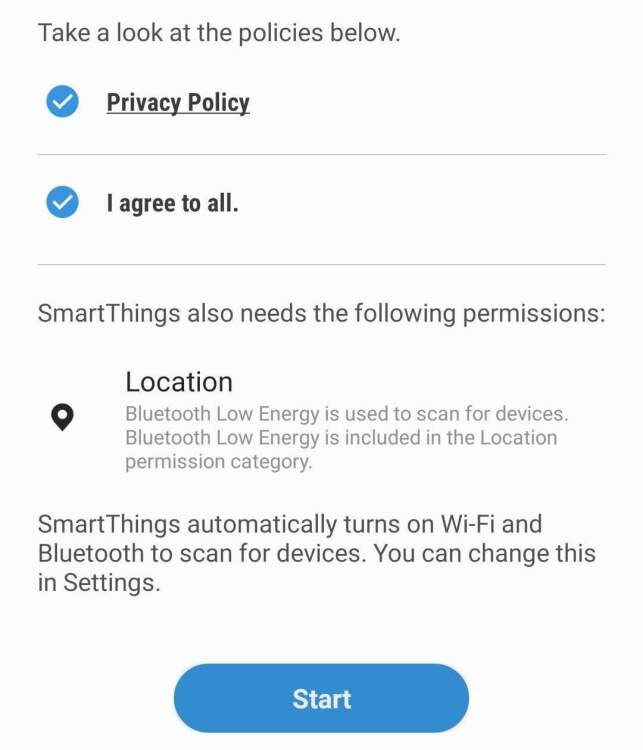
You’ll then want to look for the SmartThings Find banner on the “My home” page. Tap on it to begin downloading a separate update for the service. (It doesn’t take long.)
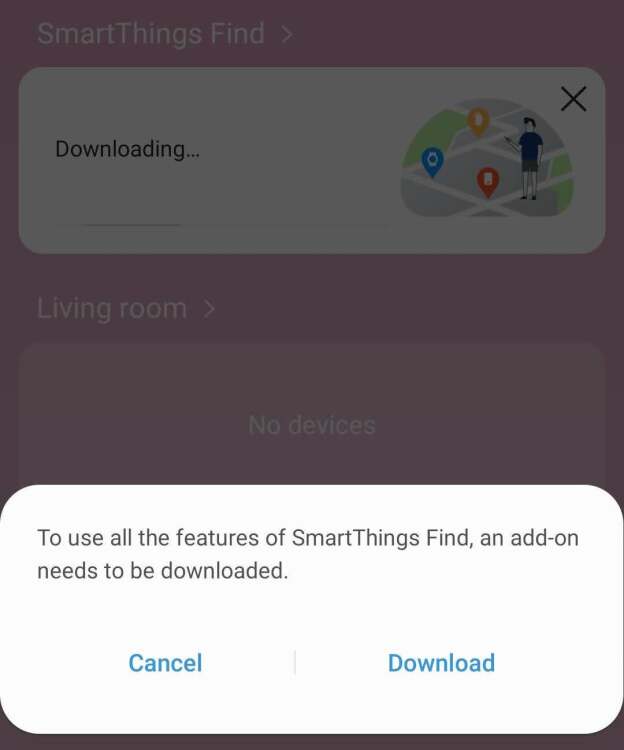
You’ll then need to agree to more SmartThings Find terms. Once you’ve done that, you’ll see a little map that shows all of the devices that you’ve previously associated with your Samsung account:
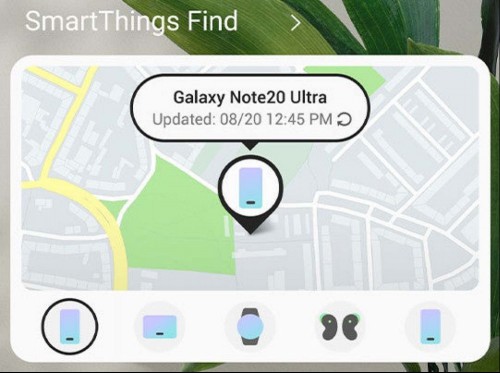
Tap on one that isn’t your current device, and you’ll get a prompt for a variety of techniques you can use to locate it:
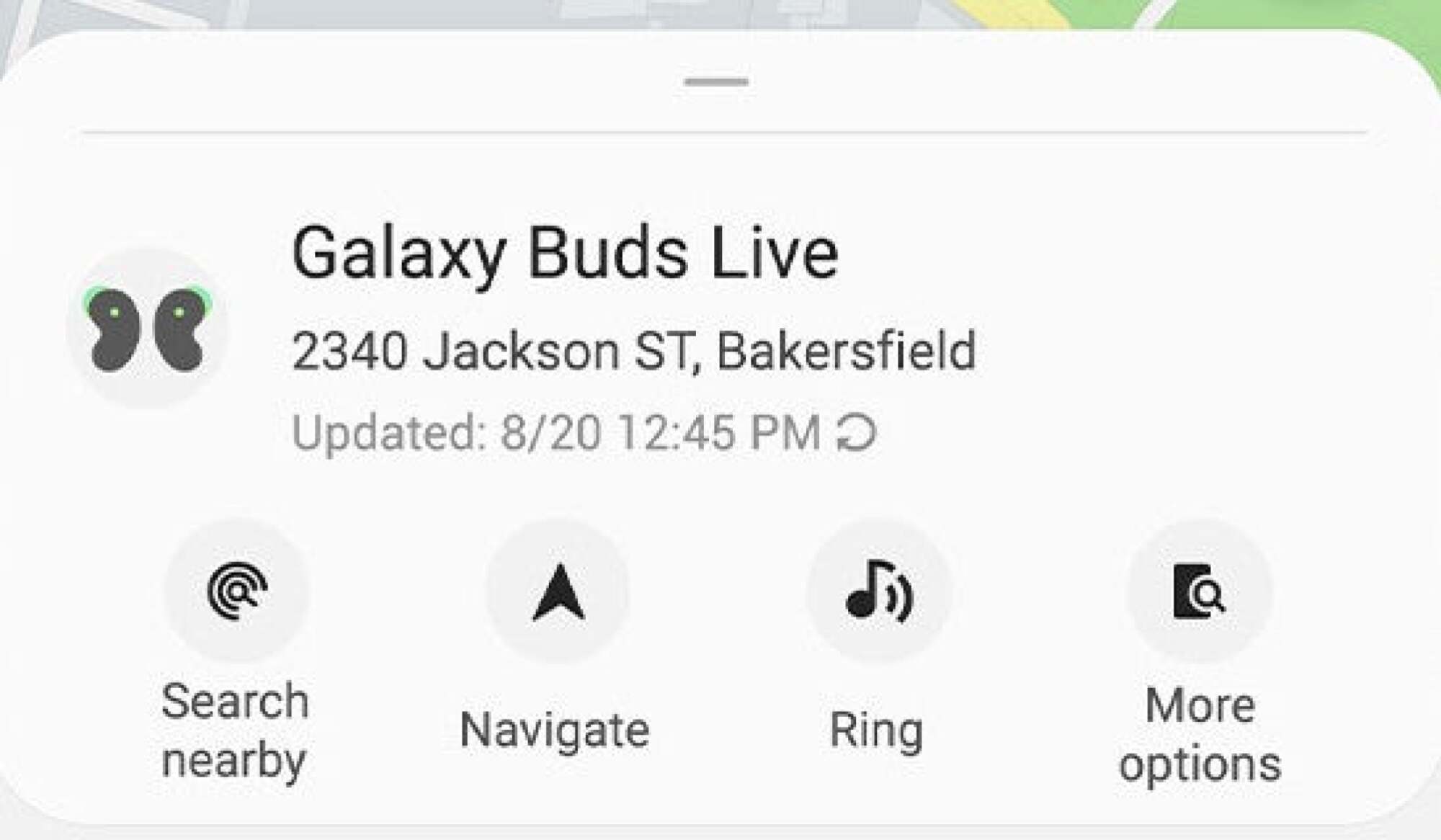
The first option, “Search nearby,” pulls up an augmented reality mode that indicates when you’re getting closer to your missing device using some colorful arrows at the bottom of your screen. You can then use the “Ring” icon, or just pick that from the list of your devices, to try and find whatever is missing.
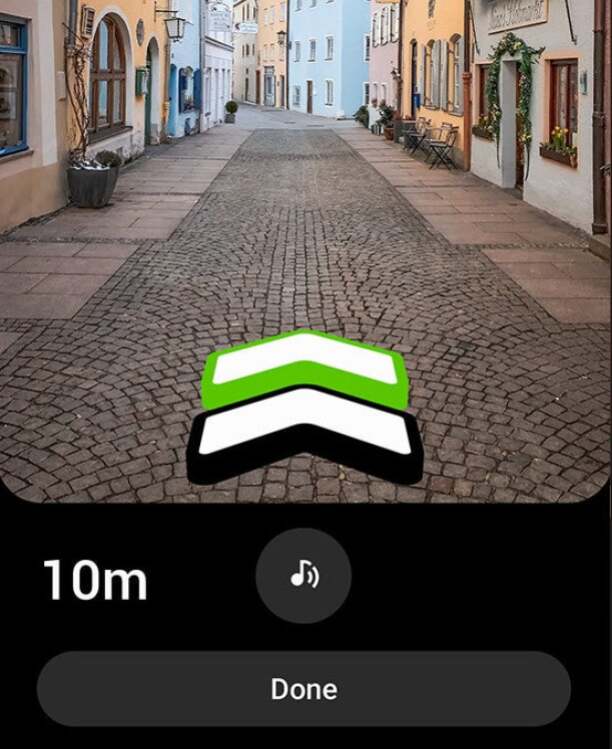
Tap on the triple-dot icon in the upper-right corner of the main SmartThings Find interface, and you’ll see two options: “Edit” and “Settings.” Tap the first to if you’d like to keep certain devices from appearing on the map but still want to be able to find them using SmartThings Find. To remove them from the service entirely, tap “Settings” and adjust as needed:
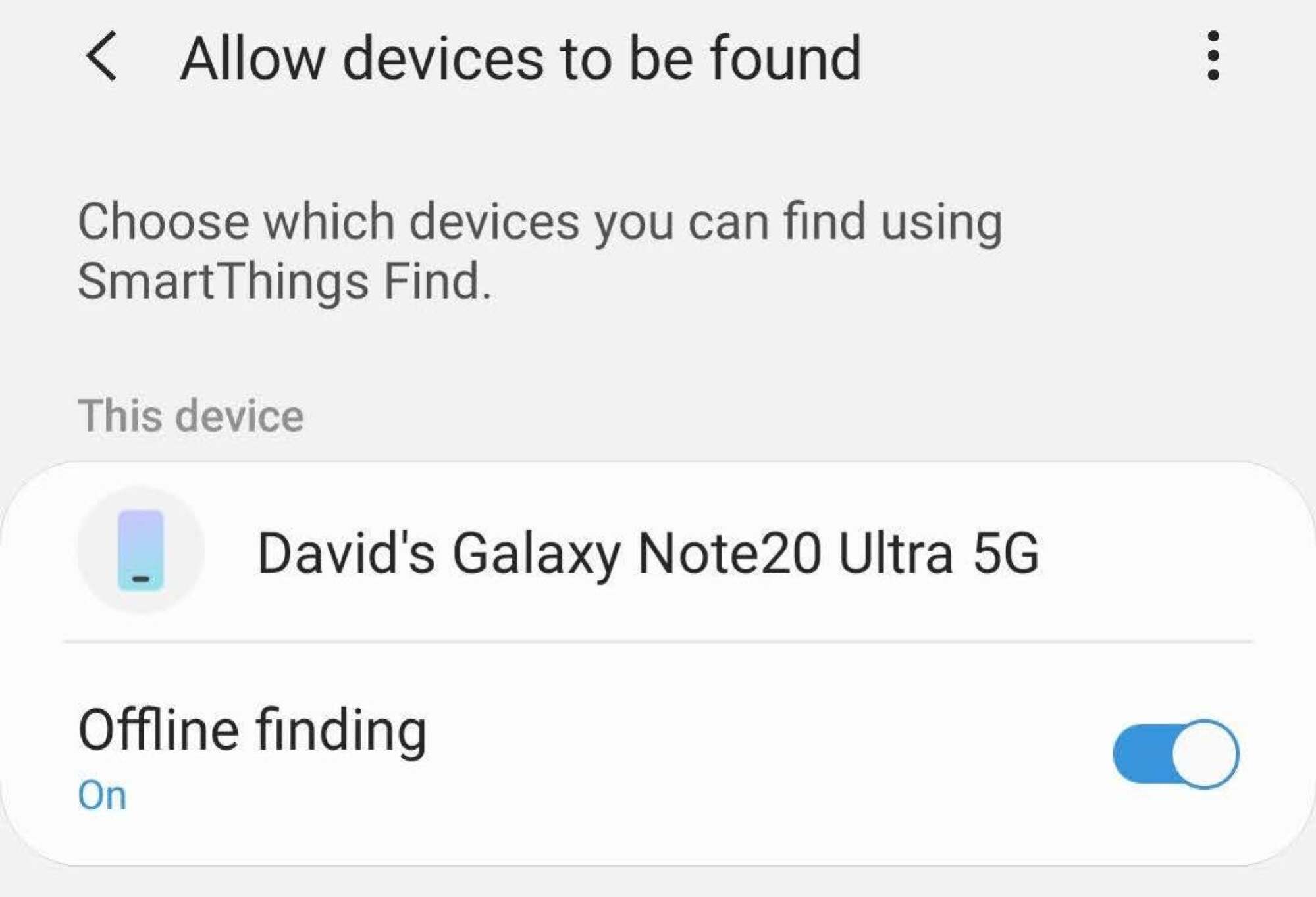
In case you don’t want to use SmartThing Find for any reason, Samsung has a variety of other techniques you can use to find missing devices using other devices, including hunting down a missing phone via Find My Mobile or by using your smartwatch, finding a missing smartwatch using the Galaxy Wearable app, or finding missing Galaxy Buds (using the same Galaxy Wearable app). Generally speaking, you’ll want to make sure you’ve enabled these apps or location-tracking features on your devices before they go missing. Otherwise, your options for reuniting with them will be limited.
RECOMMENDED NEWS

What's New on Netflix the Week of August 23, 2020
In this, the 39th month* of the endless pandemic, I have grown nostalgic for the b...
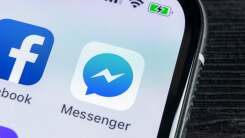
How Facebook's 'Forwarding Limit' Can Limit Chain-Spam
I know, I know. Facebook trying to do the right thing and limit spam on its networ...
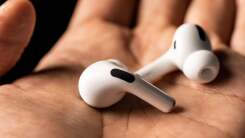
Which Apple Devices and Video Services Support 'Spatial Audio' on AirPods Pro?
I wouldn’t style myself an audiophile by any stretch, but I can say I generally ...

How to Get Your Hands on Everything Google Announced Today
Google’s “Launch Night In” gave us an overview of the company’s upcoming h...

How to Sign Up for Samsung's Android 11 / One UI 3 Beta
I’ve never been a fan of how Samsung treats beta operating system updates. Admit...

How to Remove Adobe Flash from Windows 10 in 5 Minutes
There’s really no reason to have Adobe Flash sitting around anymore. Nobody uses...
Comments on "Find Missing Samsung Galaxy Gear With 'SmartThings Find'" :